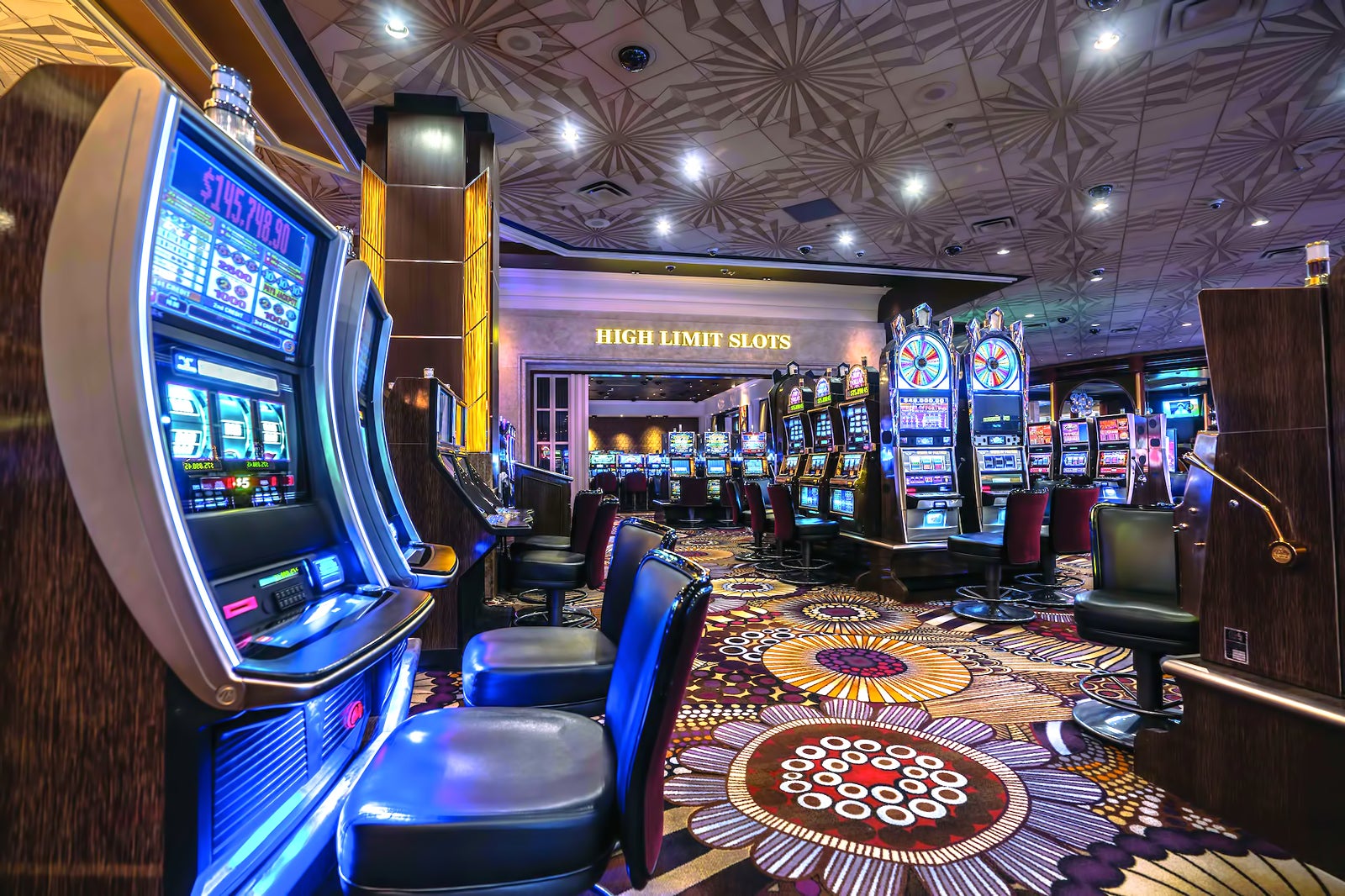Beneath the shimmering illuminations plus those enticing sounds of rotating reels lies an vibrant world in which creativity meets mathematics: the making of casino games. While players converge to gaming establishments seeking excitement plus the possibility of winning big, a huge amount of work takes place behind closed doors to create these games they enjoy. From the initial concept to the ultimate product that players interact with, numerous elements are brought together to ensure a captivating gaming experience.
Designers, engineers, plus game creators work together to combine cutting-edge technology with engaging gameplay mechanics. Every aspect, from graphics and audio elements to probabilities and payouts, is carefully crafted to draw in players and keep them engaged. Understanding this complex process of the way casino games are made reveals not only the technical skills required but also the creative vision that brings these immersive experiences to life.
Video Game Development Workflow
The design workflow begins with brainstorming and concept development, where creators generate concepts for new casino games. This initial phase often involves pinpointing potential audiences and understanding market trends. Designers take into account elements such as game mechanics, themes, and payout structures to develop an engaging experience. Teamwork between game designers, mathematicians, and artists is crucial to ensure a balanced concept.

Once a design is chosen, the next stage entails prototyping and testing. Designers create a functional version of the game to evaluate its playability and mechanics. This facilitates adjustments and refinements based on feedback from testers. Iteration is vital, as designers may navigate multiple rounds of evaluations to optimize gameplay balance and user experience. This phase is essential for spotting any potential issues before the game is finalized.
After testing, the game moves into development and production. This comprises the technical aspects of coding the game software, integrating graphics, and making sure compliance with gaming regulations. Quality assurance testing ensures that the game functions flawlessly across different platforms and devices. Once everything is refined, the game is prepared for launch, usually accompanied by promotional tactics to attract players and generate excitement around the new casino offering.
Tech and Advancement
The development of gambling games has evolved significantly with advancements in tech. Contemporary game design often features top-notch graphics, captivating sound effects, and dynamic animations that deliver a compelling experience for gamers. Game developers use sophisticated software tools and programming languages to develop these immersive gaming experiences. Additionally, the use of random number generators ensures fairness and unpredictability in outcomes, which is crucial for ensuring player trust and compliance with gaming regulations.
In recent years, the rise of online casinos has expanded the limits of game development even further. Developers are now able to create games that appeal to a worldwide audience, integrating features such as live dealers and VR environments. This shift has encouraged innovation, leading to novel game mechanics and formats that enhance player engagement. Mobile gaming has also become a key focus, prompting developers to optimize games for mobile phones and tablets, ensuring accessibility and ease of access for players on the go.
Cooperation among designers, artists, and mathematicians is essential in the development process. Each team contributes their knowledge to ensure games are not only visually appealing but also mathematically sound and enjoyable. The integration of player feedback during testing phases allows developers to enhance game features and functionalities, ultimately leading to a favorable launch. As technology continues to advance, the potential for innovative game concepts and experiences is unbounded, promising an exciting future for casino games.
Evaluating and Quality Control
Once a gambling game has been created, it transitions to the critical phase of evaluation and quality assurance. This stage ensures that the game operates flawlessly and provides a fair experience for gamblers. Teams conduct extensive tests, including functionality checks to verify that all game features work as intended. Each element, from visuals to sound effects, is reviewed to ensure quality benchmarks are met.
In addition to operational testing, the game experiences stringent compliance checks to meet compliance requirements. Different jurisdictions have specific regulations governing game fairness and player protection. Quality assurance teams will confirm that the random number generators are working correctly and that the game’s payout percentages align with industry standards. This thorough examination helps establish trust with players and authorities alike.
Finally, pre-launch testing may be conducted with actual users to obtain opinions on user experience. This invaluable insight allows developers to execute necessary adjustments before the official launch. Tackling any likely issues recognized during this phase helps ensure that gamblers will enjoy a smooth, captivating experience when the game goes live. The commitment to quality reflects the sector’s dedication to delivering enjoyable and reliable casino games.
https://jun88sr.com/